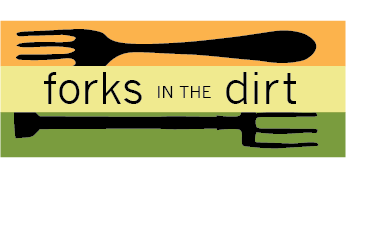Symmetry within the circle of our season — that’s the overarching lesson from the garden. But just one of the ways gardening teaches me year after year.

It is perfectly absurd to search for a beginning or an end to this cycle; is it when the seeds start forming, when I harvest my saved seed out of the garden, as I store it over winter, or when I plant it next spring that is “the beginning”? Is it when the food emerges, when its ripe, when I harvest, when I eat it, or when I compost the excess that is “the ending”?
Taking into consideration the piles of compost, continuously added to by our hens, and all the other intertwined inputs and harvests from our little backyard homestead garden- I’m proud to announce that I can I find neither beginning nor end… instead I find a naturally flowing cycle that swallows its own tail year after year. A process without any one formula, rather a myriad of methods and infinite accomplishments along its way.
That being said; we all like to “take stock” every so often. The end of the calendar year, as the garden lays sleeping and frozen under the snow here in Minnesota seems a fitting time as ever. So, I’m taking a look back on this year of growing with you to share what I gleaned from my gardens. Or rather, what lessons my garden unearthed for me. I’ve added links to previous posts at the end of most topics, as it seems the lessons I learned this year are also perennial. But as with gardening- the roots grow deeper and the harvests increase with each passing year. I hope you can take a few of these ideas and let them inspire you to grow and harvest more (veggies, sustainability, peace) from your gardens this upcoming season. Let’s Dig In!
Continue reading












































